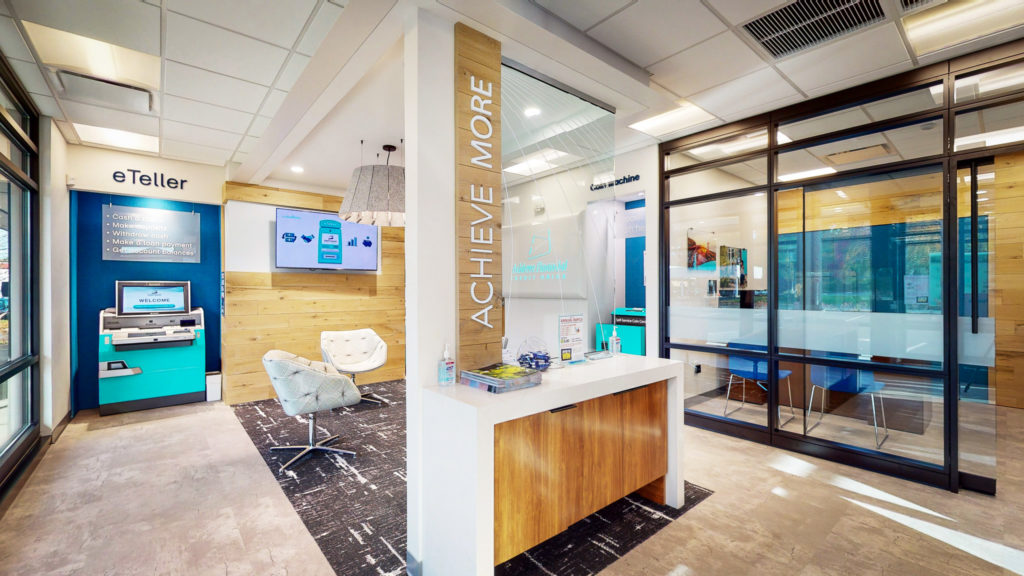Outdated branches don’t just look bad; they often operate under inefficient technology and internal processes that are costly to the financial institution (FI). Modernizing a network of branches is an expensive but critical task if the institution is to remain relevant in today’s market. And while the costs may be substantial, strategic changes to their service and staffing models, and efficiencies can offset a good portion of this investment.
By collecting and analyzing data related to the type and frequency of the transactions being performed at a specific location, Solidus can calculate the operational cost difference between a branch’s current design and the proposed new design. The FI’s specific needs are spelled out in the data and this data is what drives their day-to-day costs.
Technology
If your branch is relying on antiquated equipment, or completely lacks self-service options, your transaction costs are probably 2 or 3 times higher than they should be. Mobile or ATM transactions usually cost around 50 or 70 cents per transaction, but the cost of someone conducting a teller transaction inside the branch can be as high as $4 to $6 per transaction. If a bank can shift 20% to 30% of their $4 or $6 transactions down to 50 or 70 cents, that savings will go a long way towards funding a much-needed branch renovation. Migrating basic transactions away from the teller line and onto more efficient channels, such as online and mobile banking, and ITM or self-service ATMs, is a key aspect of the branch transformation process.
Staffing Model
Being overstaffed does not provide a better customer experience. FI’s can learn how to calculate the appropriate staffing levels at peak times using certain tools that can bring their costs down considerably. For example, a branch that does 10,000 transactions per month with five or six people on the teller line should be doing between 17 and 20 transactions per teller per hour, and these figures are considered a universal constant. Therefore, those 10,000 transactions can actually be achieved with just 3.5 tellers on duty per month, not five or six.
Ultimately a universal banker model is the most efficient, as it promotes more cohesive activity across the team and means people are always available to process transactions if the branch suddenly becomes busier and lines are forming. Rather than numbers, staffing goals should be focused on versatility, knowledge level, and engagement. Your staff should be able to educate your customers on the products and services available to them. And a successful branch is designed, equipped, and staffed to be both transactional and consultative spaces where customers can connect in any way they choose.
Efficiencies
To improve efficiencies across the board an institution must be willing to embrace and implement all the necessary physical, logistical, and philosophical transformations. The easiest way to achieve this is to create a strategic roadmap that addresses technology, staffing, and process improvements, and customer experience.
A strategic roadmap will tell organizations where they can save and how they’re going to pay for the transformational journey they need to embark on. Some organizations can save a million dollars a year by working through the roadmap in a holistic and organized fashion. This is not a haphazard process; there are specific chronological steps to success that experienced transformational experts like Solidus can deliver.
Strategy and Cost Savings
An FI’s strategy usually focuses on areas where the institution is strongest, on areas that need to grow, and on the type of customer with which the brand resonates. Branches in markets dominated by younger, urban clients are prime candidates for self-service and assisted self-service technologies, while suburban or rural branches serving older demographics are more successful with teller pods and cash recycler technology. Whatever the strategy, the branch should be a destination where people can be educated, engaged and fulfilled. Ultimately, the success or failure of a strategy depends on the institution’s ability to implement it. And when all areas of design, service, and process have been modified and adapted properly, they can reduce their expenses considerably.


